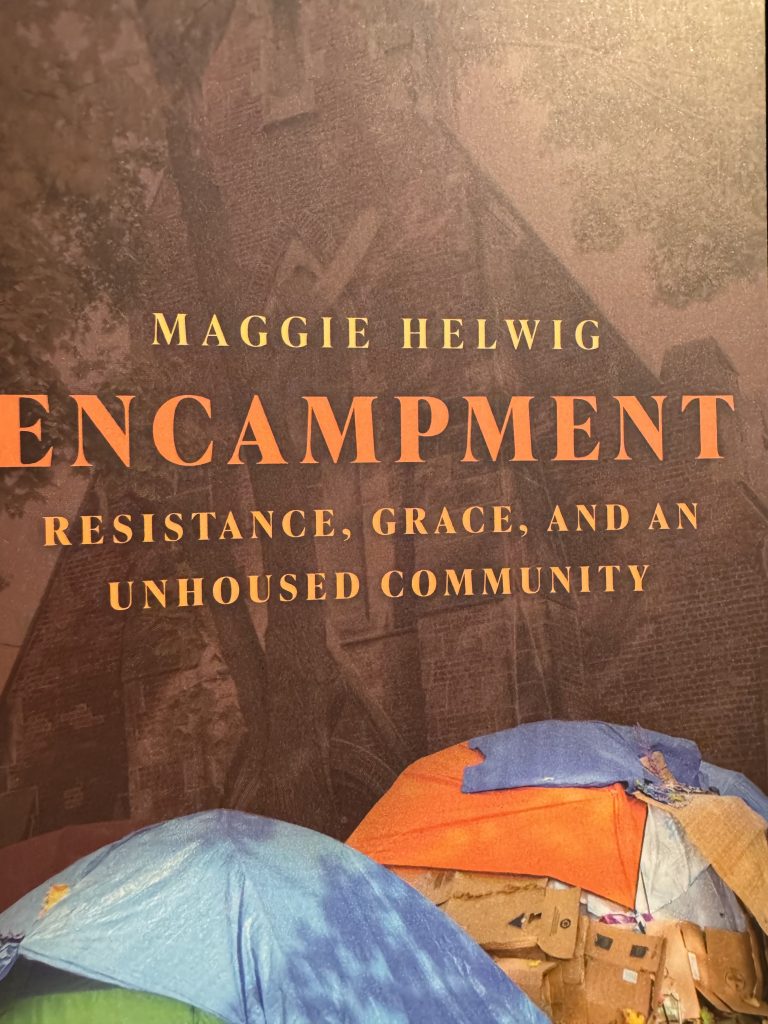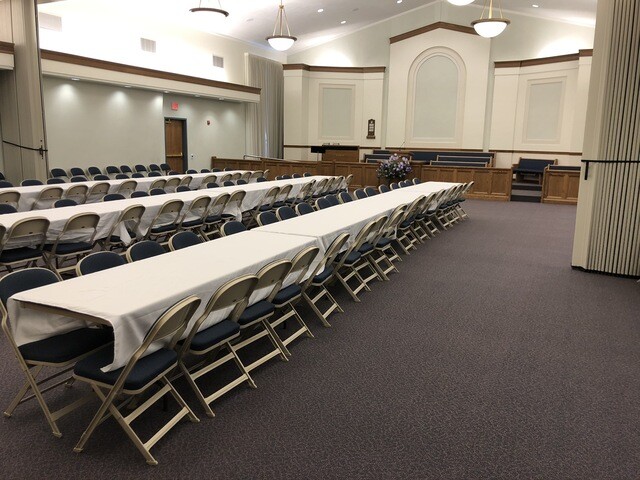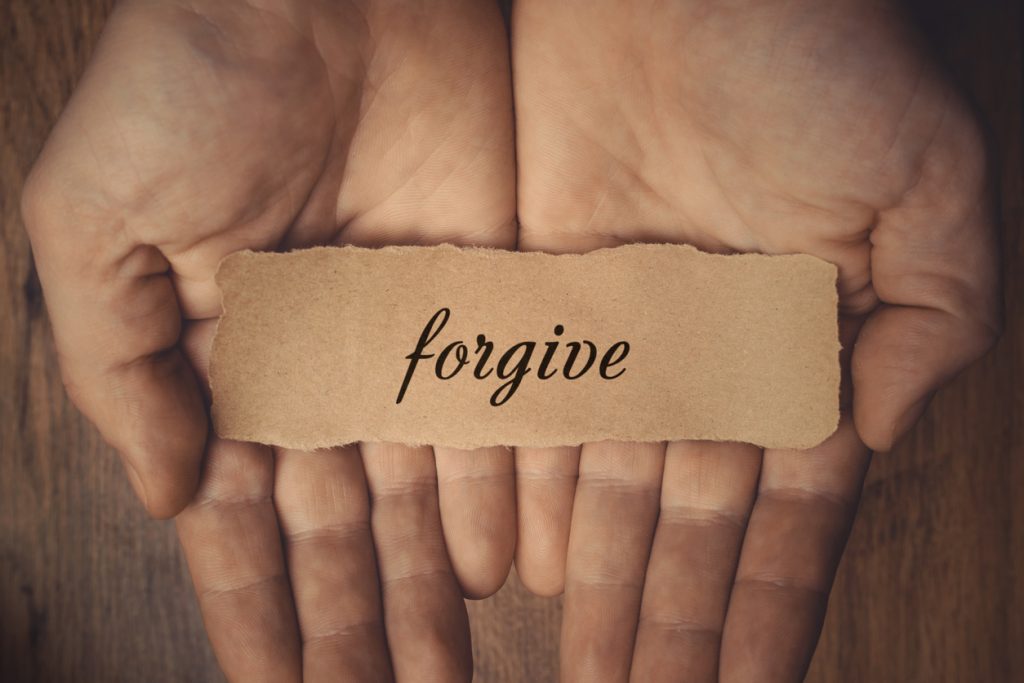
Every so often, a book comes along that refuses to let you put it neatly on the shelf and move on. The rev. Canon Maggie Helwig’s Encampment: Resistance, Grace, and an Unhomed Community is one of those books. It is not a “read and file” book. It is a “read and wrestle” book. And, if we are faithful, it is also a “read and act” book.
Helwig writes not from a safe distance but from lived proximity—with the community of those who have been pushed to the margins, who pitch tents under bridges, in city parks, on church lawns. She gives voice to lives our society too often tries to render invisible. Her storytelling is both sharp and tender: sharp in its truth-telling about systemic injustice, and tender in its attention to the humanity, resilience, and faith of those our world would rather not see.
Now, you might think this is the sort of book that will make you feel guilty. And yes, it probably will. But here’s the grace: guilt is not the final word. Helwig shows us that even amid precarious lives and fragile shelters, the God of Israel—the God who “tabernacles” among the people—continues to pitch the divine tent right in the midst of those encampments. This is not simply a book about housing policy; it is a book about incarnation. About the scandal of a God who does not set up shop in marble halls, but rather, as the Gospel tells us, makes a dwelling among the poor.
Reading this, I found myself uncomfortably reminded of how much of my own life is lived behind locked doors and well-insulated walls. And yet, as Helwig makes clear, the church is called not to barricade itself in comfort, but to open itself in solidarity. The Body of Christ is most visible when it risks proximity, when it chooses presence.
Helwig’s prose is luminous, but her message is relentless: this is not about “them”; this is about “us.” Because, in the end, an “unhomed” community is simply the family we have forgotten we belong to.
So let me encourage you: buy this book, borrow it, pass it around. Read it in your parish book group, your Bible study, your vestry. Let it make you uncomfortable, let it make you laugh, let it make you weep. Most of all, let it bring you nearer to the God who is already waiting for us in the tent city down the street.
Because holiness, as Helwig reminds us, may be closer to a sleeping bag on the ground than to a gilded altar. And if you have eyes to see, you might just discover that grace looks a lot like a tarpaulin stretched out against the rain.










